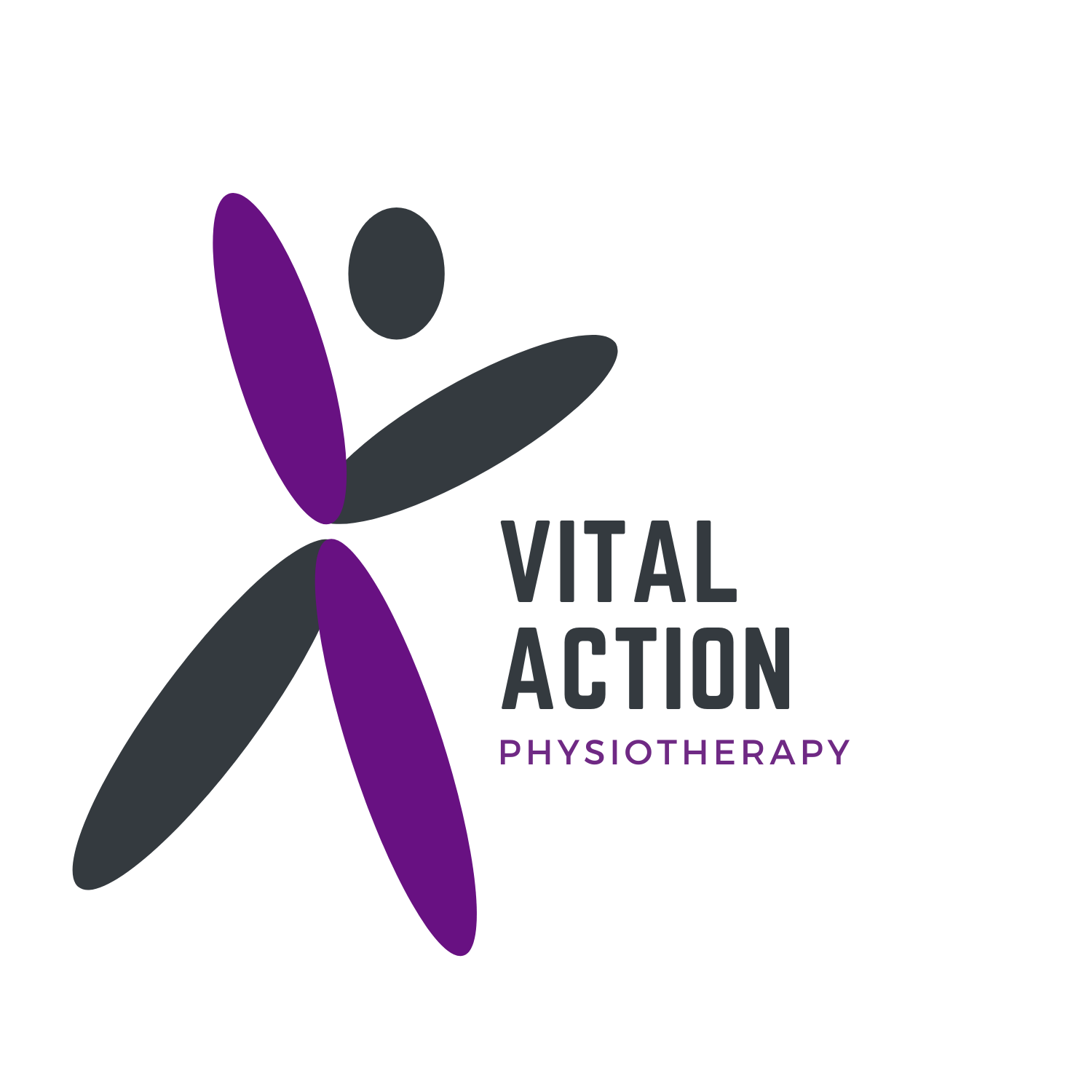Making Working from Home Work for YOU!
Greetings, remote workers and home office enthusiasts! As a dedicated physiotherapist, I have witnessed the transformative power of ergonomics in promoting overall well-being, especially in the context of working from home. With the rise of remote work, it is crucial to prioritise our physical health by creating a home office environment that supports proper posture, reduces strain, and enhances productivity. In this blog, I'll share some practical tips and insights on mastering the art of ergonomics while working from home.
1. The Foundation: Your Desk and Chair
A well-designed home office starts with the right desk and chair. Invest in an adjustable chair that provides adequate lumbar support and allows your feet to rest flat on the floor. Ensure that your desk is at an appropriate height, allowing your forearms to rest comfortably on the surface while typing, with your screen at eye level to reduce neck strain.
2. The Screen Setup: Eye Comfort Matters
Your computer screen placement can make a significant difference in reducing eye strain and preventing neck discomfort. Position the monitor at arm's length away from you and directly in front of your eyes. Adjust the screen angle to avoid glare, and consider using an external keyboard and mouse to maintain a neutral wrist position.
3. The 90-Degree Rule: Ideal Angles for Comfort
The 90-degree rule is a key principle in ergonomics. Ensure that your knees are at a 90-degree angle when seated, and your elbows form a 90-degree angle when typing. Avoid slouching or crossing your legs, as these habits can lead to poor posture and potential musculoskeletal issues.
4. Take Breaks: Move and Stretch Regularly
Sitting for prolonged periods can lead to stiffness and reduced blood flow. Combat this by taking regular breaks to stand, stretch, and move around. Incorporate simple stretches for your neck, shoulders, and back to alleviate tension and improve flexibility.
5. Embrace Lumbar Support: Cushions and Posture Aids
Consider using a lumbar support cushion to maintain the natural curve of your lower back while seated. You can also explore posture aids like stability balls or kneeling chairs to engage your core muscles and encourage better posture.
6. Mind Your Feet: Support from the Ground Up
Don't forget about your feet! Place a footrest under your desk if needed to maintain a comfortable position and reduce pressure on your lower back. If standing desks appeal to you, ensure proper alignment by using an anti-fatigue mat to ease strain on your feet and legs.
7. Lighting Matters: Reduce Eye Strain
Proper lighting is essential for visual comfort. Position your workspace near natural light if possible, and supplement it with adjustable lighting options to prevent eye strain.
Conclusion:
As a physiotherapist, I have seen firsthand the impact of ergonomic adjustments on individuals working from home. By applying these tips and principles, you can create a home office that not only promotes physical health but also enhances productivity and overall well-being. Remember, small changes can yield significant benefits, so take the time to fine-tune your workspace and prioritize your health. Embrace the art of ergonomics, and let your home office be a space where productivity and comfort unite harmoniously. Happy and healthy remote working!


